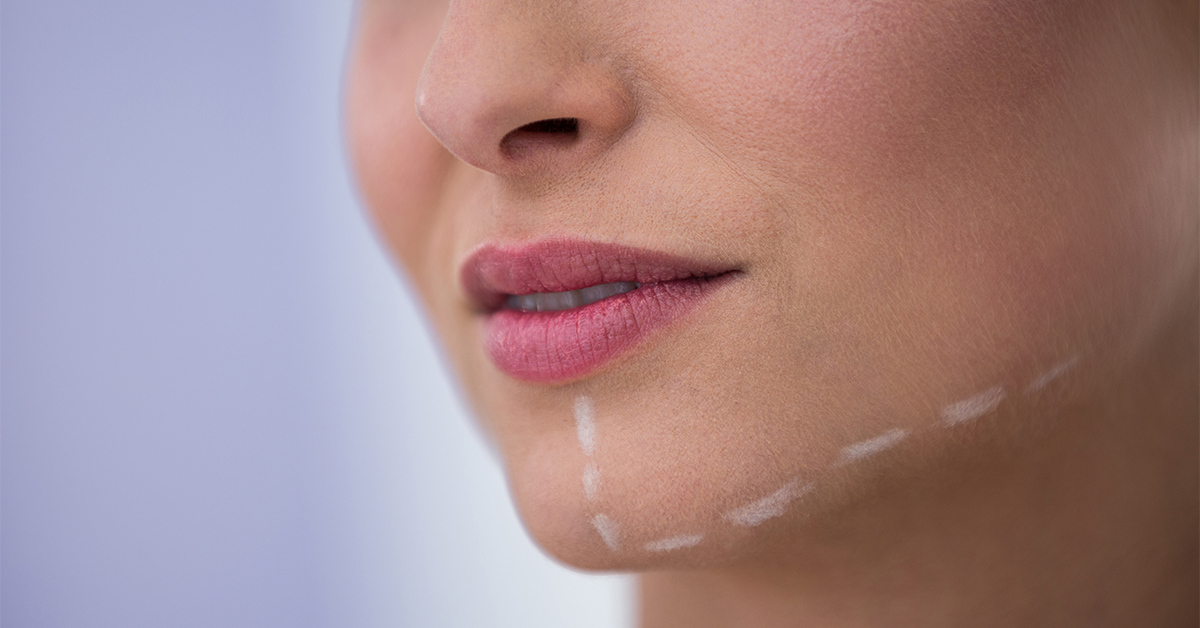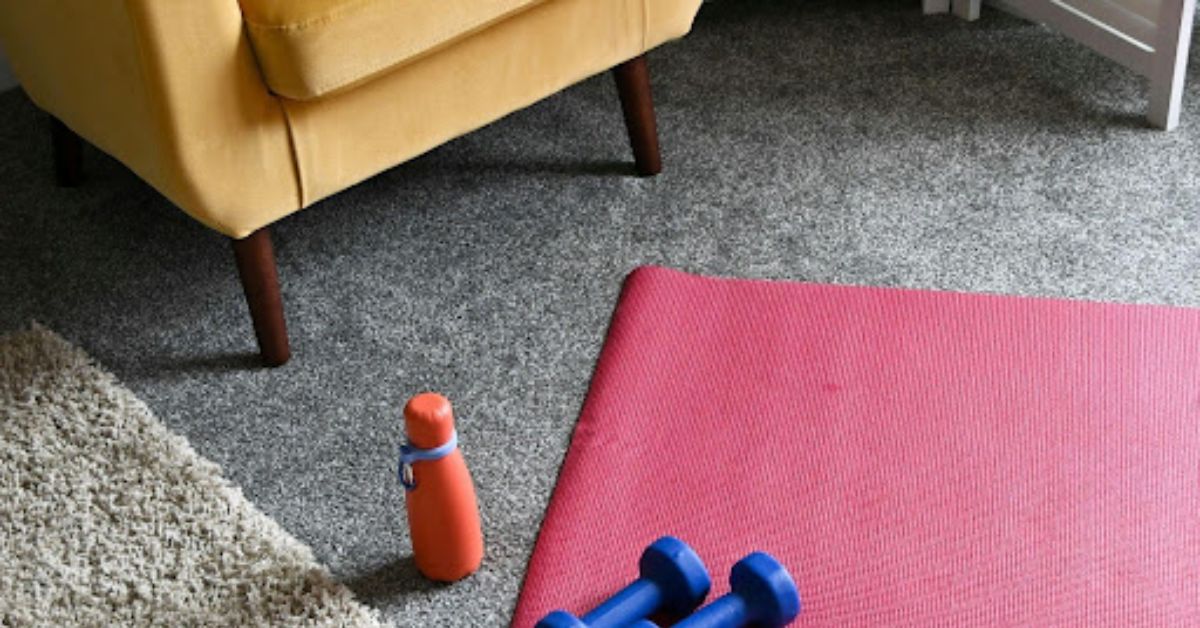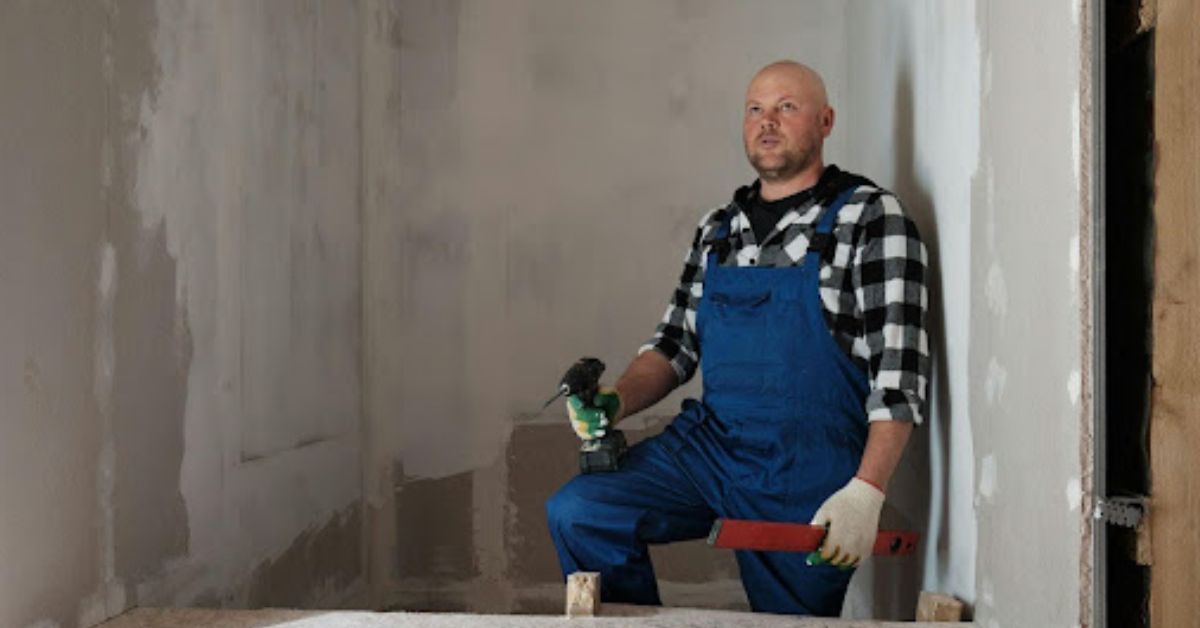Efficient wound management is integral to the healing process, recovery, and the overall well-being of individuals with injuries. Whether for securing dressings, providing support, or stabilising an injury, bandages and tapes play a crucial role. Understanding the variety and appropriate use of these medical essentials can greatly influence the outcome of wound care.
The Importance of Proper Wound Management
Appropriate wound care prevents complications such as infections, promotes faster healing, and minimises scarring. It is vital in both acute and chronic wound management. Bandages and tapes, when applied correctly, can aid in the maintenance of a moist wound environment, which is conducive to healing, and provide protection from external contaminants.
Types of Bandages
There exists a diverse array of bandages designed for specific purposes. The most common types include adhesive bandages, gauze bandages, elastic bandages, and tubular bandages. Each type has its distinctive features and applications, from covering minor cuts to supporting muscle injuries. Selecting the appropriate bandage is critical for effective treatment and patient comfort.
Role of Tapes in Wound Care
Tapes are another staple in wound care, often used to secure bandages, splints, or other devices in place. They come in various materials, such as cloth, paper, or plastic, and have different levels of adhesion. Hypoallergenic options are also available to minimise skin irritation for patients with sensitivities.
Choosing the Right Bandage
Choosing the correct bandage for a wound requires consideration of several factors. The size and location of the wound, the desired level of compression, and the individual’s skin type are all important. For example, an elastic bandage might be preferred for a sprained ankle to reduce swelling, whereas a non-adherent dressing might be better suited for a burn to prevent sticking to the wound.
Application Techniques for Bandages
Correct application of bandages is as crucial as the bandage type. It ensures the wound is adequately protected and the healing process is not hindered. Care must be taken to avoid wrapping too tightly, which can lead to circulation problems, or too loosely, which may not adequately support the wound.
Secure Adherence with Medical Tapes
Medical tapes should provide secure adherence without causing skin trauma upon removal. It’s important to select a tape that maintains its stickiness in the presence of moisture but also allows the skin to breathe. Application techniques vary based on the tape’s material and the care setting but always aim for secure yet gentle fixation.
Wound Healing Stages and Supportive Care
Understanding the stages of wound healing – hemostasis, inflammation, proliferation, and maturation – is fundamental for wound management. Bandages and tapes can be used differently at each stage to support the body’s healing mechanisms. For example, during the inflammatory phase, a bandage may need to allow for regular inspection and cleaning of the wound.
Changing Bandages and Tapes
The frequency of change for bandages and tapes depends on the wound type and condition, as well as the risk of infection. Following professional healthcare advice on changing intervals ensures that the wound remains clean and well-protected throughout the healing process.
Advancements in Wound Care Technologies
Advancements in wound care technologies have introduced innovative bandages and tapes that cater to specialised needs. These include hydrocolloids, foam dressings, and antimicrobial variants, which offer enhanced healing environments for specific wound types.
Educating Patients on Proper Wound Care
Patient education is a fundamental aspect of wound care. Ensuring patients understand how to apply and remove bandages and tapes can empower them in their own care and improve outcomes. Practical demonstrations and written instructions can be valuable tools for patient education.
Precautions and Contradictions
Precautions must be taken in individuals with certain conditions, such as diabetes or peripheral artery disease, as they might have special requirements for wound care. Additionally, understanding potential contraindications for certain types of bandages and tapes ensures safe application across a variety of scenarios.
Conclusion: The Role of Bandages and Tapes in Wound Care
Bandages and tapes are indispensable elements of effective wound care. Their appropriate selection and application can considerably improve the healing process, comfort, and overall outcomes for patients with injuries. Continued advancements and education in wound care management underscore the importance of these simple yet essential tools in healthcare.
Healthcare Providers and Patient Empowerment
Healthcare providers play a crucial role in wound care, from choosing suitable bandages and tapes to educating patients on proper techniques. The goal always remains the same: to provide the best support for the body’s natural healing processes while minimising risks and promoting patient empowerment in managing their own care effectively.
In conclusion, the world of wound care is vast and multifaceted, but the fundamentals remain rooted in understanding the proper usage of bandages and tapes. They hold together the delicate balance of protecting the wound, providing support, and ensuring an optimal environment for healing. As such, they will undoubtedly continue to be the linchpins of efficient wound management strategies.











